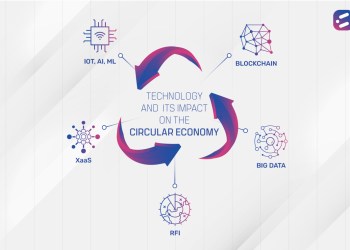At a very basic level, ETL is a process in which data from disparate sources is extracted from a source database, transformed (or processed), and then loaded onto a target store or data warehouse. Over the years, the way ETL works, and the business functions it serves have gone through fundamental changes to reach the current stage of its evolution – a highly effective technique to process and integrate real-time data stored across multiple entities.
Traditional ETL
Traditional ETL systems were developed in the early 1970s, when large organizations needed to integrate data generated by their different departments like sales, inventory, and marketing, and use this data to gain insights into their business and operations. In the traditional approach to ETL, the data was extracted, processed, and re-aligned to another database.
The biggest limitation faced by traditional ETL methods was that they could be used only with relational databases, and could not understand or process unstructured data. Another challenge was that data could only be moved in batches, which meant that large volumes of data could be moved only when network traffic was low.
Modern ETL
Today, ETL easily and effectively solves the problems that organizations faced with ETL in its early days. It is now possible to query and process voluminous data in real-time from multiple sources that need to be tracked.
What’s more, changes to schemas can be made on the fly as modern ETL eliminates the time delay caused by batch processing of data. Modern ETL also supports most cloud-based operations which fetch and process data – today’s ETL solutions are flexible enough to handle multiple data sources along with both structured and unstructured data.
But the most important advantage of modern ETL has to be how it allows organizations to support the combination of ETL and ELT (Extract, Load, Transform). In ELT, as the name suggests, data is first extracted, then loaded and then transformed within the destination database. It is an efficient method to perform complex joins and calculations on cloud-based data warehouses which capture large volumes of data in a short span of time.
Since the hardware required to process cloud-based transformation is provided by the ETL vendor, modern ETL is also comparatively less expensive to carry out.
At CloudNow Technologies, we work with modern ETL techniques, allowing you to extract maximum value from your organization’s data. Ultimately, ETL is used to ensure that a holistic picture is presented based on all available inputs, to offer deep insights for powerful decision making. Get in touch with us to know more about how we can help you maximize data value.













